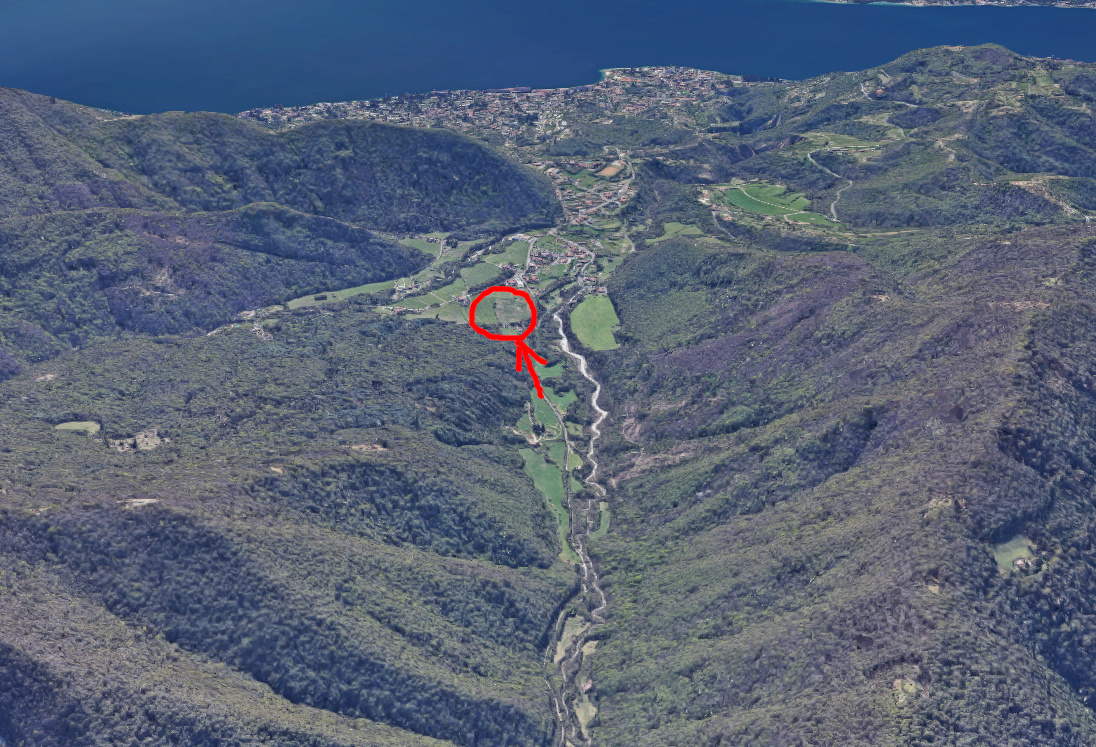I am continuing on my hang-gliding journey, and today I am flying a different hang-glider, which is also 21 sq meters but has a stiffer sail. It is much easier to control, but the start is more difficult and the flight is lower.
I completed 24 “takeoff-flight-landing” exercises straight ahead and 4 flights with a 45-degree turn. This hang-glider is heavier and harder to bring back to the starting point, but it is much more predictable. However, I feel that it is less laterally stable in flight, and once you turn, it keeps turning. To stop turning, you need to apply a control force to turn in the opposite direction, just like for an airplane.
I also had a tandem flight with my instructor, who flew the same 21-meter hang-glider. I noticed that there are really a lot of thermal flows here, almost everywhere, but I’m not as skilled at finding and using them as my instructor. Surprisingly, he doesn’t even use a vario!
To bring the hang-gliders uphill, they use a Land Rover Defender, which was an interesting experience for me. The ride was full of Italians speaking in multiple parallel conversations. They did not stop even for a second. Since I don’t speak Italian, it was like white noise to me, but it was fun 🙂
The landing spot here is TINY! At first, I didn’t even realize that the small glade was the landing spot. The approach is almost like that of an airplane, with a nearly standard full-rectangle circuit, but the landing requires precision, as you have only one attempt in a hang-glider. Some people can land uphill, but that is a totally different skill that needs to be practiced. It is not easy to fly directly to the ground with more speed and a steeper angle, and then abruptly stall the wing.

I remember flying in Crimea and Klementieva mountain near Koktebel, where there are kilometers of landing area, and the landing approach is just making turns to decrease the distance from the hill and trying not to hit any bushes. Here it is impossible, as the course precision needs to be near perfect. Overflying a landmark is an essential skill, and without it, it is impossible to make a good approach. Previously, I just had to stay in a dynamic flow with a minimum altitude loss in turns, but now I have to be precise, and it is a noticeable lack of experience.
Overall, my flights are smoother, my takeoffs and landings are better, and my muscles are stronger 🙂

Leave a Reply